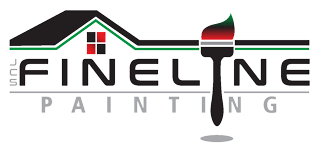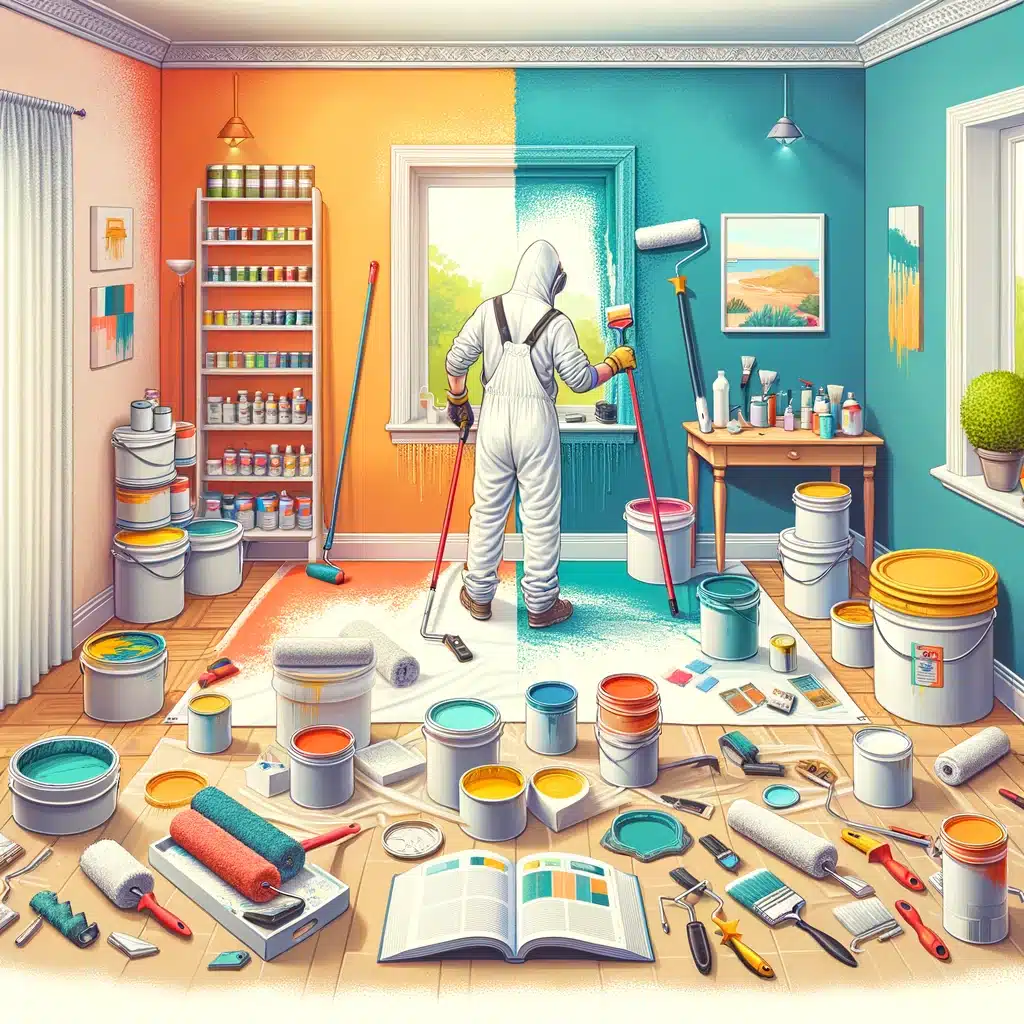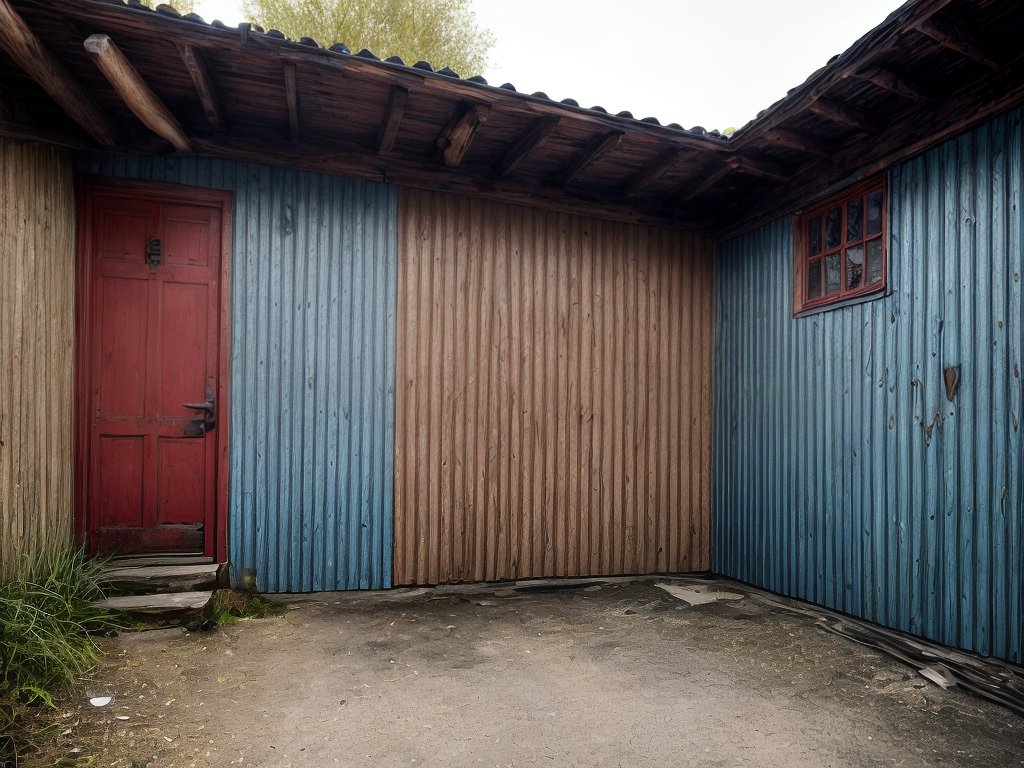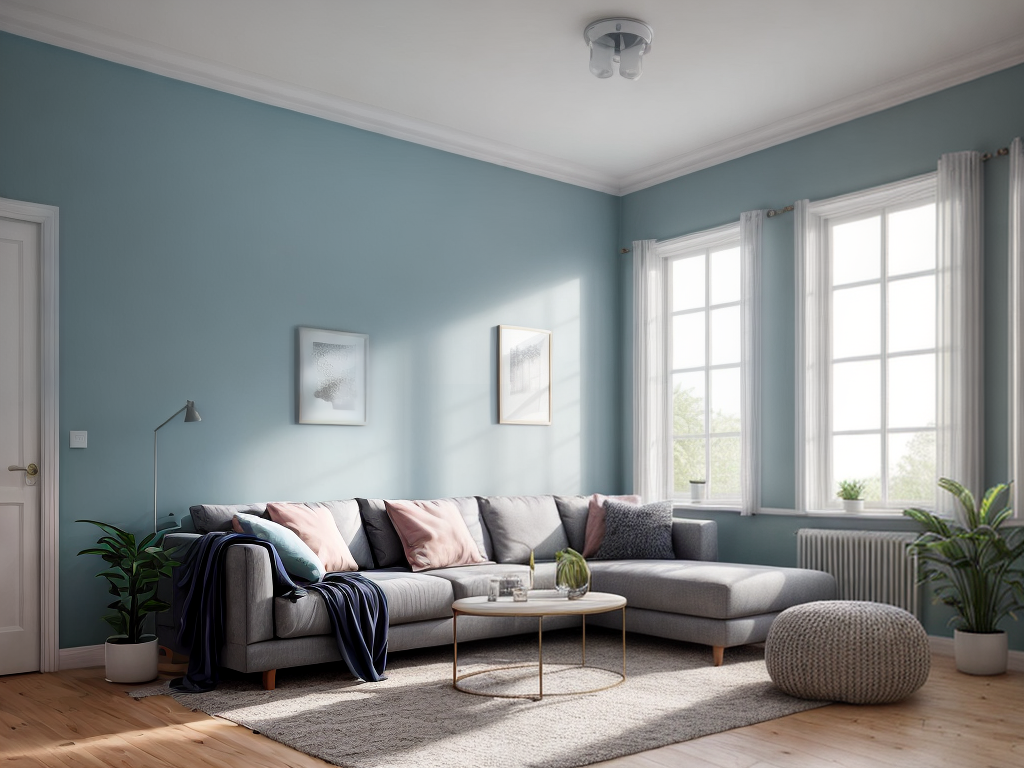Welcome to Painter’s Paradise, where I’m here to share with you the must-have accessories for every painting job. Whether you’re a professional painter or a DIY enthusiast, having the right tools is essential for creating a masterpiece. From brushes and rollers to paint trays and liners, we’ve got you covered. Say goodbye to messy spills and hello to seamless application. And don’t forget about drop cloths and tarps to protect your floors and furniture from unwanted splatters. Need crisp lines and clean edges? Our painter’s tape and masking film will do the trick. And for those rough surfaces, sandpaper and sanding blocks are a painter’s best friend. Plus, if you’re looking for a quicker and more efficient option, we’ve got paint sprayers and HVLP systems that will make your job a breeze. So, let’s get painting and turn your vision into reality!
Brushes and Rollers
When it comes to painting, brushes and rollers are essential tools for achieving a professional finish. Brush care is crucial to ensure that the brushes remain in good condition and can be used for multiple projects. After each use, I make sure to clean my brushes thoroughly with warm soapy water, removing any excess paint and gently reshaping the bristles. This helps to prevent paint buildup and ensures a smooth application for future projects. In terms of paint application techniques, I find that using a brush allows for more precision and control, especially when working on smaller areas or intricate details. On the other hand, rollers are great for covering larger surfaces quickly and evenly. I always make sure to choose the right brush or roller for the job to achieve the desired results.
Paint Trays and Liners
To ensure efficient paint application and minimize mess, I always rely on paint trays and liners for every job. When it comes to paint trays, I have found that both plastic and metal options are available. Plastic trays are lightweight and easy to clean, while metal trays are more durable and can withstand heavy use. As for liners, I prefer using disposable ones as they save me time and effort in cleaning up after each project. However, there are also reusable liners available for those who prefer a more eco-friendly option. Regardless of the material and whether they are disposable or reusable, paint trays and liners are essential accessories that help me achieve a professional finish while keeping the workspace tidy.
Drop Cloths and Tarps
For every job, I always make sure to lay down drop cloths and tarps to protect the surrounding area. Choosing the right drop cloths and tarps for your painting job is crucial in ensuring that your space remains clean and undamaged. When selecting drop cloths, consider the material. Canvas drop cloths are durable and absorbent, making them ideal for protecting floors and furniture. Plastic drop cloths, on the other hand, are lightweight and waterproof, making them suitable for covering walls and other vertical surfaces. When using drop cloths and tarps, it’s important to properly secure them to prevent any accidental slips or trips. Use painter’s tape or clips to secure the edges and corners, ensuring that the drop cloths stay in place throughout the painting process. By following these tips, you can effectively protect your space and avoid any unnecessary mess or damage.
Painter’s Tape and Masking Film
Using painter’s tape and masking film is essential for achieving clean and precise lines during any painting job. These two tools are indispensable when it comes to creating sharp edges and protecting surfaces that should not be painted. Painter’s tape is perfect for creating straight lines and crisp borders, ensuring that the paint will not bleed through. It can be easily applied and removed without leaving any residue behind. Masking film, on the other hand, is ideal for covering larger areas such as windows, furniture, or floors. It provides excellent protection against accidental spills or splatters. By using painter’s tape and masking film in combination with the right painting techniques and color selection, you can achieve professional-looking results and transform any space into a work of art.
Sandpaper and Sanding Blocks
Sandpaper and sanding blocks are essential tools for achieving a smooth and flawless surface before applying paint. When it comes to sanding techniques, it’s important to understand the different sanding grits available. Grit refers to the size of the abrasive particles on the sandpaper, and it determines the level of coarseness. Lower grits, such as 40 or 60, are used for rough sanding or removing old paint and imperfections. Medium grits, like 80 or 120, are ideal for smoothing surfaces and preparing them for paint. Higher grits, such as 220 or 320, are used for fine sanding and creating a smooth finish. To make the sanding process more efficient and comfortable, sanding blocks are often used. These blocks provide a sturdy and consistent surface for sanding, ensuring even pressure and preventing hand fatigue. With the right sandpaper and sanding blocks, achieving a flawless paint surface becomes much easier.
Paint Sprayers and HVLP Systems
When it comes to painting, one of the decisions I often face is whether to use a sprayer or a roller. Both have their benefits and drawbacks, but I’ve found that sprayers can provide a more even and professional-looking finish. Additionally, there are two main types of paint sprayers to consider: airless and compressed air. Understanding the differences between these systems can help me choose the best option for each job.
Sprayer Vs. Roller
While both sprayers and rollers are effective tools for painting, I prefer using a sprayer for its versatility and efficiency. When it comes to efficiency, sprayers have the upper hand. They can cover large areas in a fraction of the time it takes to roll. Additionally, sprayers provide a smooth and even finish, eliminating the need for multiple coats. However, there are some cons to using sprayers. They can be messy and require proper preparation and masking to avoid overspray. Moreover, sprayers can be more expensive compared to rollers, especially high-quality HVLP systems. On the other hand, rollers are great for smaller or more detailed areas and are easier to clean up. Ultimately, the decision between a sprayer and roller depends on the size and complexity of the job, as well as personal preference and budget.
Airless or Compressed Air
My preferred choice for paint sprayers and HVLP systems is the airless system for its versatility and ease of use. When it comes to airless vs. compressed air, there are pros and cons to consider for different paint application methods. Airless systems use high pressure to atomize the paint, resulting in a fine, even mist that covers large areas quickly. They can handle thicker paints and coatings, making them ideal for exterior surfaces or textured walls. On the other hand, compressed air systems use low pressure and a separate air compressor to atomize the paint. They offer more control and precision, making them suitable for detailed work and intricate patterns. However, they require more maintenance and can be more expensive. Ultimately, the choice between airless and compressed air depends on the specific project requirements and personal preference.
HVLP Benefits and Drawbacks
I often rely on HVLP systems for their numerous benefits and drawbacks in the world of paint sprayers. When it comes to the pros of HVLP systems, one of the biggest advantages is their ability to provide a high transfer efficiency, which means less overspray and wasted paint. HVLP systems also produce a fine and even finish, resulting in a professional-looking outcome. On the other hand, there are a few cons to consider. HVLP systems tend to have a slower application rate compared to other paint sprayers, and they require a higher level of skill and technique to use effectively. It’s important to follow best practices when using HVLP systems, such as maintaining the correct air pressure, adjusting the spray pattern, and properly cleaning and maintaining the equipment. By understanding the pros and cons of HVLP systems and following best practices, you can achieve excellent results in your painting projects.
Conclusion
So there you have it, the must-have accessories for every painting job. Did you know that using high-quality brushes and rollers can actually save you time and money in the long run? According to a recent study, investing in top-notch painting tools can reduce the amount of paint needed by up to 30%. So don’t skimp on your supplies, it’s worth it for a beautiful and efficient painting experience. Happy painting!




